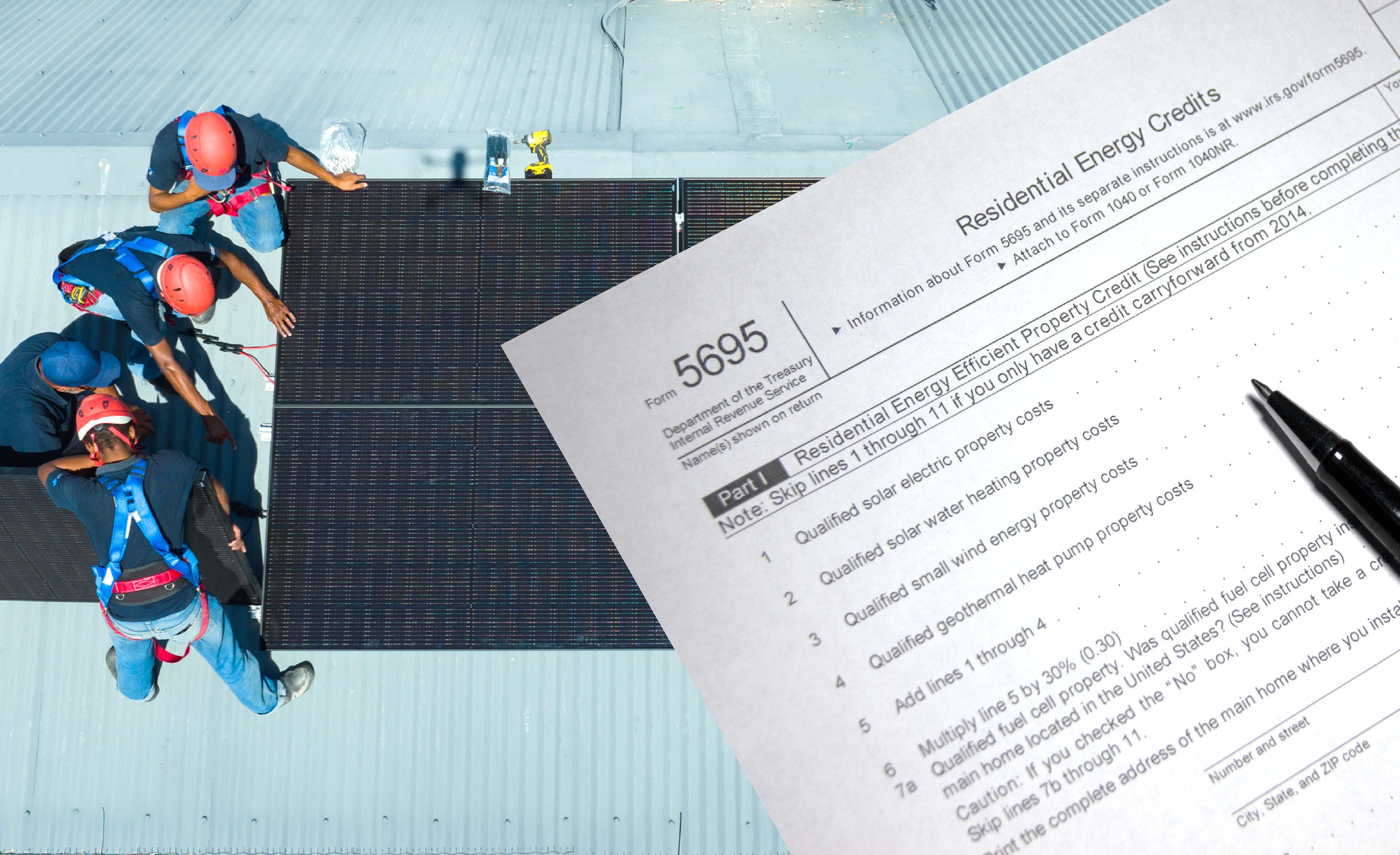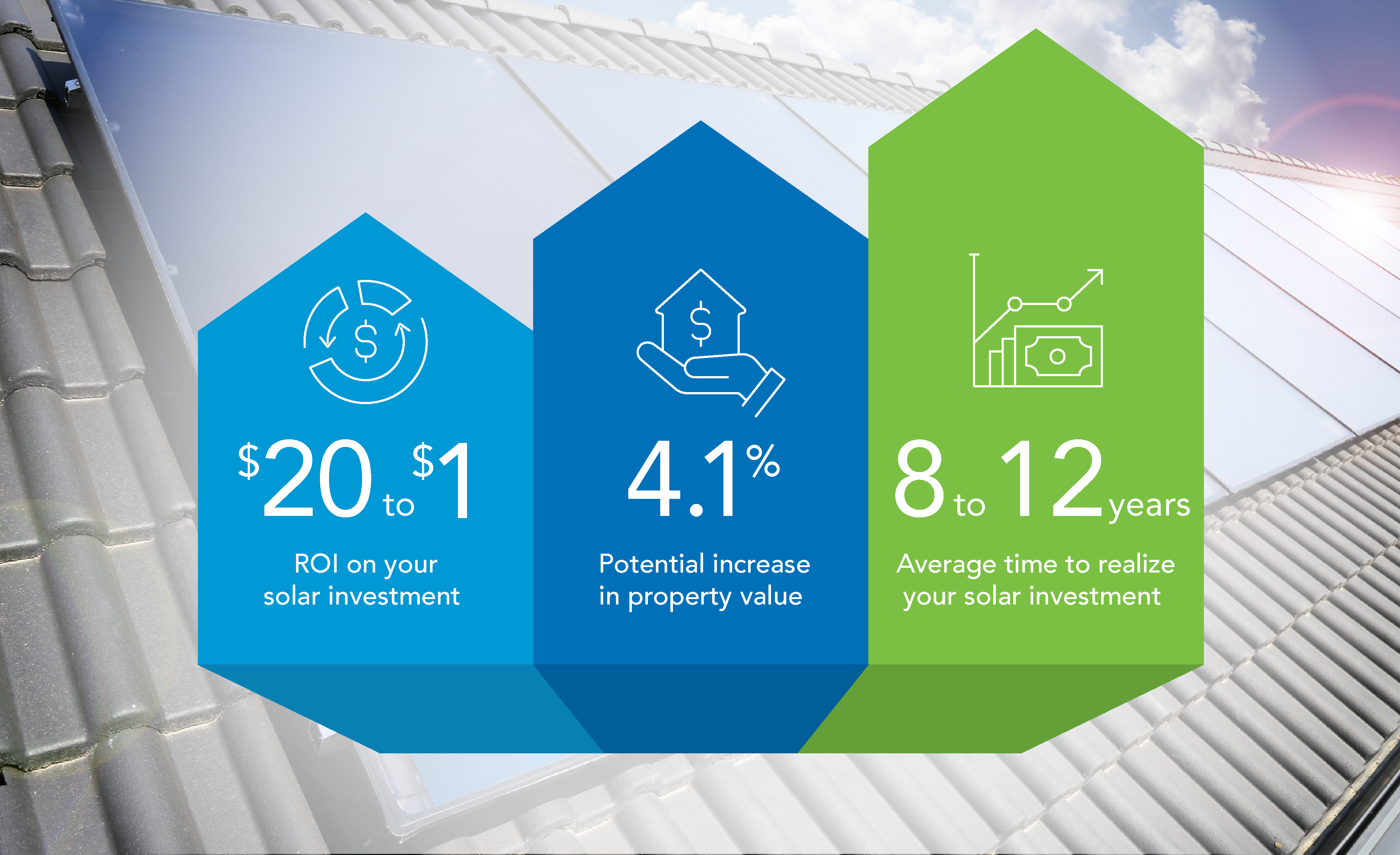How NEM 3.0 will impact solar customers in California
 by EverBright
by EverBright

NEM 3.0 in California: What to Know in 2023
On December 15, 2022, the California Public Utilities Commission (CPUC) approved updates to the state’s customer-owned solar energy generation program.
In this article, we will explain California’s new net energy metering (NEM) policy, its impact on customers, what you need to know, and how EverBright is helping to ease the transition.
What is net energy metering (NEM), and what is NEM 3.0?
Net energy metering (NEM) is a billing structure designed to provide incentives to utility customers who produce their own solar energy. These customers earn bill credits for the excess solar energy they produce and send to the grid.
NEM 3.0 aims to improve grid reliability and resolve disproportionate customer electricity rates by lowering the export rate for solar energy producers who send excess electricity back into the grid.
While the CPUC’s 260-page revision of the net energy metering tariff is available online, the most critical policy shift in NEM 3.0 is California’s transition from traditional net metering rates to a net billing structure.
Under the NEM 2.0 policy, export credits were a one-to-one offset, so the price of a kWh of electricity produced from solar was equal to the price per kWh pulled from the grid.
New avoided cost calculator (ACC)
In the new net billing policy, solar producers will be credited for their excess electricity at rates defined by the CPUC’s avoided cost calculator (ACC) rather than a dollar amount based on retail prices under net metering.
The ACC calculates the present value of a customer's electricity export rate based on the avoided utility costs during the specific month, day, and hour the customer produces and sends solar energy to the grid.
To ease the transition into net billing, new NEM 3.0 customers can qualify for “ACC Plus” credits, which increase the value of their exported solar power by a fixed price.
The ACC Plus program will follow a five-year, descending “glide path” in which the fixed value for the additional credits will reduce by 20% annually before phasing out in the program’s sixth year.
How does NEM 3.0 impact customers in California?
The downside: Under NEM 3.0, the value of excess electricity that solar customers send to the grid is expected to drop considerably, which will likely extend the average payback period of a grid-tied-only residential system in California.
The upside: While NEM 3.0 lowers export rates, most Californians have experienced an increase in their utility rate every year for over a decade, making locking in lower utility rates a very compelling value proposition for customers considering going solar.
Timeline: NEM 3.0 is scheduled to go into effect for all new solar customers on April 15, 2023. Existing solar energy producers will remain grandfathered into their original NEM 1.0 or NEM 2.0 agreement, so the new policy may not immediately affect them.
For many Californians, this deadline – in combination with the grandfathering provisions – is an incentive to get solar installed immediately, so they can still file for interconnection before April 14 and qualify for NEM 2.0 export rates.
While most solar companies in California are sure to be busy in the first quarter of 2023, the CPUC hopes to mitigate bottlenecks by giving customers three full years to install their systems after submitting an interconnection application before the deadline passes.
What does NEM 3.0 mean for your solar business?
There is still time for customers to access the benefits of NEM 2.0 before the new 3.0 policy goes into effect on April 14, 2023.
This means your sales team should reach out to all your customers who were on the fence about getting solar and battery storage before and try to get the job done immediately! Here are a few tips to help make that happen.
When adding usage data to the proposal, be sure to update the post-project rate with new time-of-use rates and highlight the utility rate escalation.
Now more than ever, your sales team needs the most up-to-date utility and rate plan data to show the impact of new NEM policies.
Whenever you enter a new lead, EverBright automatically determines that address's utility provider, and smart defaults fill in the post-solar rate schedule for every utility that requires one.
California electricity bills are 4% higher than the national average electric bill, and that fact alone fuels a massive solar and storage market in the state.
It's essential to convey to customers that their future electricity bills will likely be more than they are paying today.
The utility rate escalator on the EverBright proposal makes it easy to frame solar as an opportunity to lock in a lower rate today and ensure a predictable and stable electricity bill for many years.
Sell battery storage
Critically, NEM 3.0 is expected to boost solar battery adoption for residential customers as California’s utilities work to modernize a sustainable energy grid.
Even with a lower value for excess electricity, customers can still see savings by adding battery storage to their solar system and exporting solar when local energy demand is at its highest.
Customers with solar and battery storage can be credited more for their electricity during peak hours, helping reduce load stress and allowing for continuous renewable energy use, even after the sun has gone down.
While explaining the benefits, you'll want to visually demonstrate the impact of adding battery storage on the proposal. With EverBright, you can quickly design a battery system to fit your customer's needs and model storage behavior to estimate overall homeowner savings for the project.
For the most accurate storage modeling, EverBright accounts for the charge and discharge behavior of the customer, their solar-supply power, and the grid-supplied power.
All your proposals in EverBright automatically include existing federal tax credits, but in California, having the CPUC's own Self Generation Incentive Program (SGIP) on the proposal will show the customer the additional rebates available for battery storage.
More financing options
In the solar business, understanding your customer’s needs and tailoring a custom solution are key to closing deals. A full suite of financing options makes it easier for you to create that custom solution.
The EverBright Shift PPA is a power purchase agreement for solar and battery systems explicitly designed for net billing customers with a utility that offers low-value export credits.
With a Shift PPA, customers install solar and get a non-backup self-consumption battery system that collects extra energy from the solar system during the day, then uses it later when the solar panels are not actively converting sunlight into energy. EverBright owns the solar panels and battery system and is responsible for maintaining the equipment for the entire contract term.
For customers who rarely experience power outages and don't need a backup power supply, the Shift PPA is a good option. It allows customers to access clean energy at zero upfront cost with a battery system to optimize their use of solar energy, reducing their need to purchase power from their utility during times of peak rates.
Whether you're a California homeowner curious about clean energy, or an installer looking for a better way to sell to customers, EverBright can help you understand the impact of adding solar and battery storage, see potential savings, and qualify for available financing options.
Recommended Posts

HOMEOWNERS
A beginner’s guide to solar incentives
Feb 6, 2023
From local and state-specific to federal and beyond: this is your guide to all solar incentives, tax exemptions, and rebates.

HOMEOWNERS
How much can solar panels increase my home value?
Feb 5, 2023
Solar energy is a wise investment for your home, from monthly energy cost savings to potentially increasing your home’s resale value by 4.1%.

HOMEOWNERS
Want to finance your home solar system?
Feb 2, 2023
Going solar is still new for most of us and can be a bit intimidating. In this article, we want to help you get familiar with some solar financing options available.



